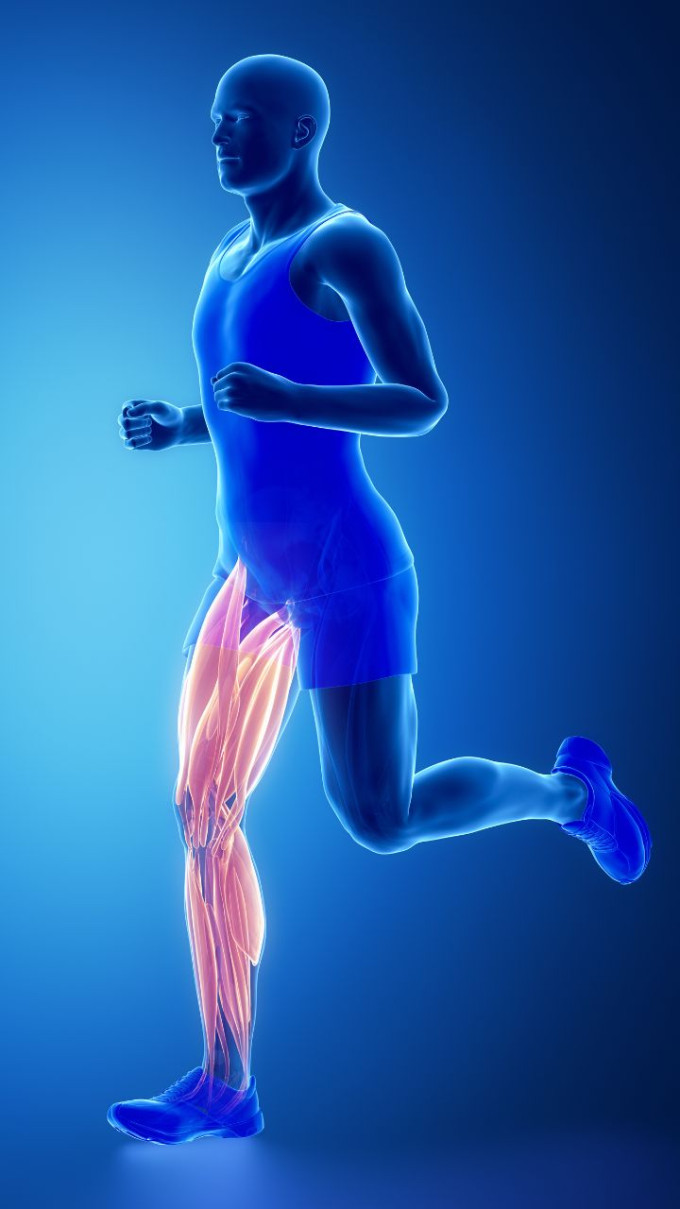Here’s how to overcome muscle soreness after a workout
Embarking on a fitness journey is a rewarding endeavour, but for many, the aftermath can bring about a familiar companion — muscle soreness. That post-workout ache, a testament to the effort exerted during exercise, is an integral part of the fitness experience. Whether you’re a seasoned athlete or a novice embracing a healthier lifestyle, the sensation of muscles feeling tender and tight can be both a badge of honour and a source of discomfort.
Dr Indranil Halde, sr. consultant orthopaedic & joint replacement surgeon, Ujala Cygnus Group of Hospitals, said that muscle soreness after a workout is a normal response to exercise-induced muscle damage and inflammation.

Why do we experience muscle soreness after a workout?
Muscle soreness after a workout, also known as delayed onset muscle soreness (DOMS), is a common phenomenon experienced by many individuals, especially those who engage in strenuous or unfamiliar physical activities. Several factors contribute to the development of muscle soreness, according to Dr Halde:
– Muscle Microtrauma: During exercise, particularly high-intensity or resistance training, muscles undergo stress and microscopic damage to the muscle fibres. This damage triggers an inflammatory response in the body as it works to repair and rebuild the affected muscle tissues.
– Lactic Acid Buildup: Contrary to popular belief, lactic acid buildup is not the primary cause of muscle soreness. However, during intense exercise, the production of lactic acid can contribute to muscle fatigue and discomfort. As the body clears lactic acid from the muscles, soreness may ensue.
– Inflammatory Response: The body’s immune system responds to muscle damage by releasing inflammatory chemicals, such as prostaglandins and cytokines. These chemicals promote the healing process but can also contribute to feelings of soreness and discomfort.
– Increased Blood Flow: Following exercise, there is an increase in blood flow to the muscles, which may contribute to feelings of warmth and tenderness. This increased circulation helps deliver oxygen and nutrients to the muscles to support recovery.
– Muscle Swelling: Inflammation and fluid buildup in the muscles can lead to temporary swelling, further exacerbating feelings of soreness and stiffness.
 Giving the body sufficient time to rest and recover between workouts is crucial for minimizing muscle soreness and preventing overtraining
Giving the body sufficient time to rest and recover between workouts is crucial for minimizing muscle soreness and preventing overtraining
How can we overcome it?
While muscle soreness is a natural part of the exercise process, there are several strategies individuals can employ to alleviate discomfort and promote recovery:
– Gradual Progression: Gradually increasing the intensity and duration of exercise can help minimize muscle soreness by allowing the body to adapt to the demands of physical activity over time.
– Proper Warm-up and Cool-down: Prior to exercise, engaging in a dynamic warm-up routine can help prepare the muscles for activity and reduce the risk of injury. Similarly, incorporating static stretches and gentle movements during the cool-down phase can help promote circulation and alleviate muscle tension.
– Hydration and Nutrition: Adequate hydration and nutrition are essential for supporting muscle recovery and reducing soreness. Consuming a balanced diet rich in protein, carbohydrates, and antioxidants can provide the necessary nutrients to support muscle repair and reduce inflammation.
– Rest and Recovery: Giving the body sufficient time to rest and recover between workouts is crucial for minimizing muscle soreness and preventing overtraining. Incorporating rest days into your exercise routine allows muscles to repair and rebuild, reducing the risk of injury and fatigue.
– Foam Rolling and Massage: Foam rolling and massage techniques can help alleviate muscle soreness by promoting circulation, reducing muscle tension, and breaking up scar tissue. Targeting specific muscle groups with foam rolling can help release tightness and improve flexibility.
– Active Recovery: Engaging in low-impact activities such as swimming, cycling, or yoga on rest days can help promote blood flow and accelerate the recovery process without placing excessive strain on the muscles.
Disclaimer: The copyright of this article belongs to the original author. Reposting this article is solely for the purpose of information dissemination and does not constitute any investment advice. If there is any infringement, please contact us immediately. We will make corrections or deletions as necessary. Thank you.





